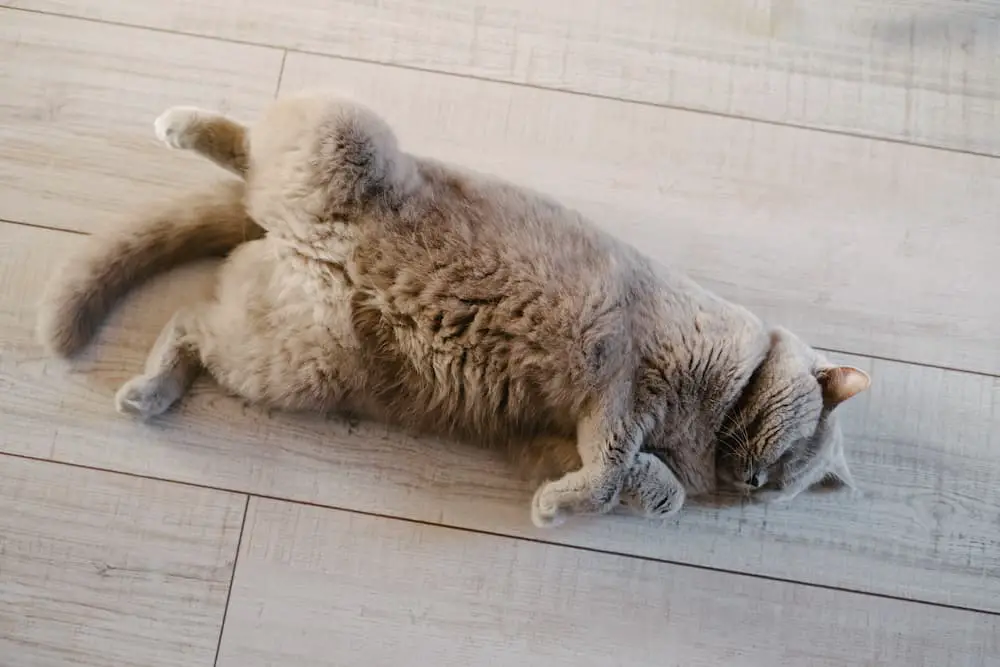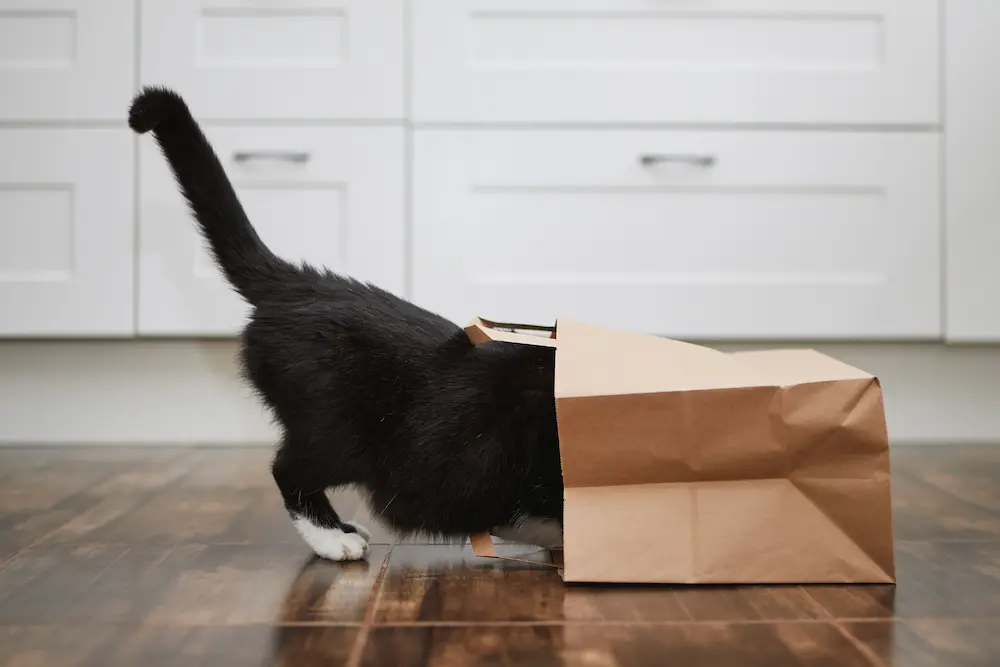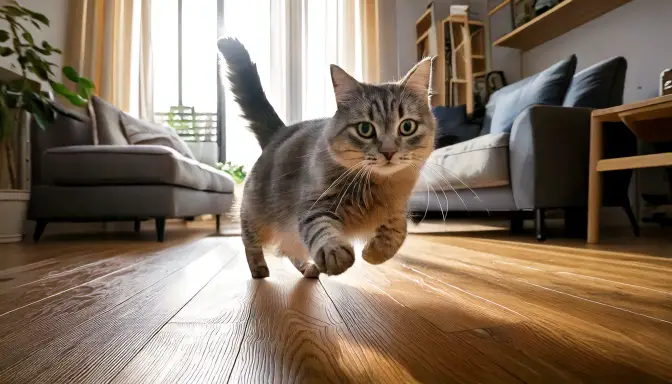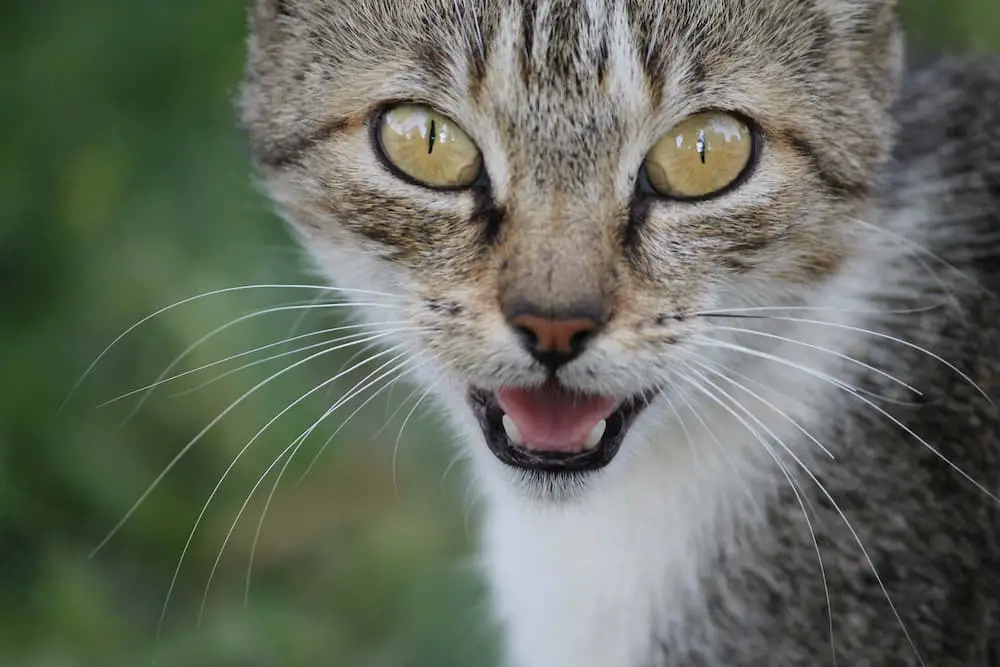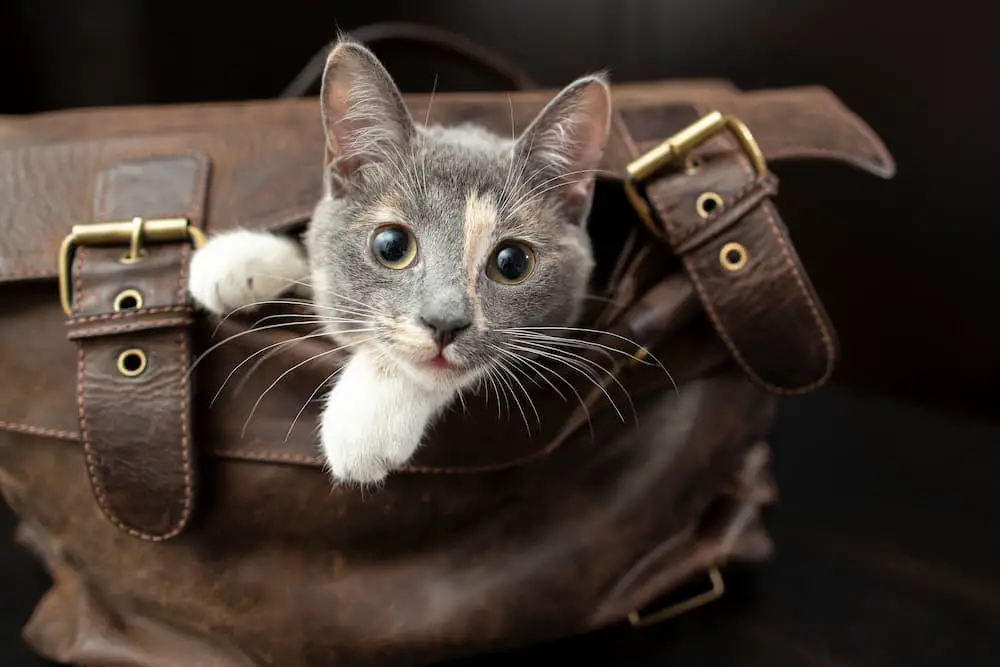Cats are often believed to lead private, solitary and sometimes even selfish lives. But are cats to blame for the views some hold of them, or are we at fault for failing to understand the ‘language’ of cats?
Research released by animal charity Cats Protection is set to show that owners fail to fully understand the ‘language’ of their cats, with a distinctive lack of “Dr. Dolittles” among cat owners. Today, the charity is aiming to educate the nation in cat behavior so owners can easily understand the meaning behind certain characteristics.
According to the study:
Two thirds (65%) of us may be misinterpreting our cat’s ‘purr’ as a sign of happiness. However, in some cases it can mean their pet is actually in pain.
Surprisingly, cat owners even struggled to recognise a happy pet, with the majority (76%) failing to understand a cat’s upright tail is in fact a greeting sign.
The survey of cat owners also highlights how humans struggle to follow cats’ behavior, notably when they’re unhappy. More than a third (38%) didn’t realise a cat with flattened ears means it is scared and in need of somewhere to hide.
TAIL BETWEEN OUR LEGS
Similarly, almost half (49%) are unable to identify that a cat licking its lips can be an indication of stress, with a staggering three in ten thinking that lip-licking shows the cat is hungry or it simply has dry lips.
However, it’s not all bad news as most (69%) do understand that cats slow-blink if they are relaxed in your company and over two-thirds (68%) know a cat is greeting you and relaxed when it is lying on its back — not asking to have its tummy rubbed.
THE STUDY ALSO FOUND:
• Bizarrely, just over a quarter (27%) believe their cat intentionally sheds hair as part of marking their territory and that this is a reason why cats don’t sleep in their cat bed.
• One in 20 concludes that a cat rubs its face onto surfaces because it has an ‘itchy face’ rather actually marking a territory.
In light of these results, the charity is aiming to educate the nation in cat behavior so owners can easily understand certain characteristics and enjoy a more meaningful relationship with their feline friends.

